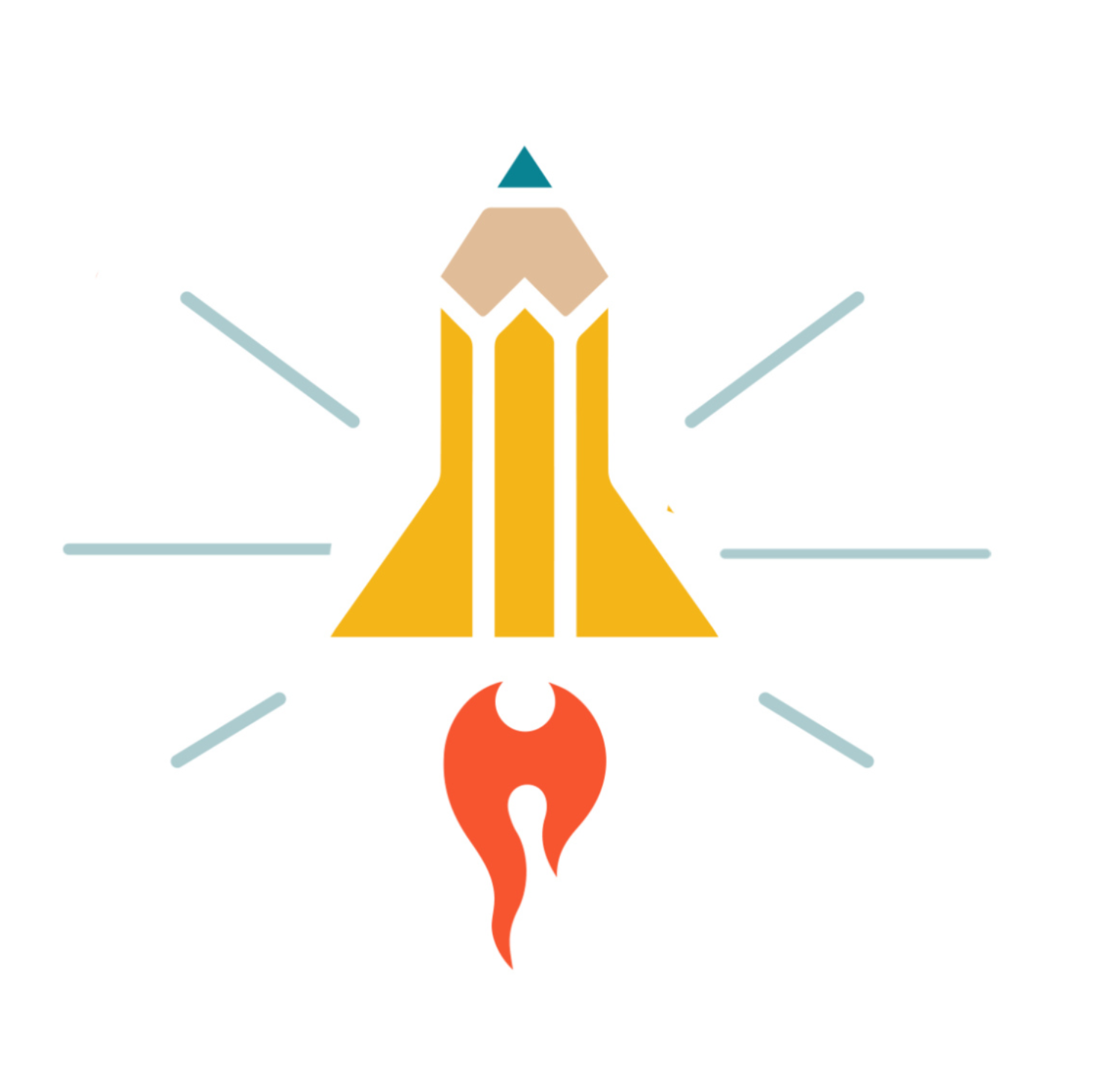How long did it take to travel From New York to Florida in 1800?
Data Scavenger Hunt
Find answers to the following questions using the visual above:
In 1800, when the United States of America was 24 years old, how many days did it take to travel from its biggest city, New York City (population 60,000) to Florida?
by 1830, how long did that same journey take?
Pittsburgh, Pennsylvania is almost due (directly) West from New York, in the western and southern corner of Pennsylvania. Today, it is 371 miles or less than 6 hours from New York to Pittsburgh by car. How long would that journey have taken in 1800 (not by car!)?
What is the longest amount of time it would take to reach the furthest distance on the map in 1800?
Describe the overall change in transportation times between 1800 and 1830 in the United States.
Big Brain Questions
Answer these questions by yourself using your brain and the links below:
During the colonial and revolutionary periods of American history, most colonists lived near the Atlantic coast and relied chiefly on water transportation. But river transit was slow and mostly moved down stream (in the direction the water flowed). By 1807, river transport was aided immensely by the application of steam power, and Robert Fulton’s steamboat, the Clermont, achieved the astonishing speed of five miles per hour. Explain the connection between the use of steam power and transportation times as shown in the visual above.
Canals allowed water transportation to move beyond natural rivers. The largest and most important was New York’s Erie Canal, approved by the state legislature in 1817 and completed eight years later, connecting the Great Lakes to the Hudson River, which empties into the Atlantic. The Erie Canal drastically reduced both the travel time and the cost of shipping commodities such as grain and lumber. It led to an immediate and dramatic increase in the shipment of such goods, and the state’s investment in the monumental project paid off handsomely. Incoming toll revenues surpassed the entire cost of the canal’s construction within 12 years. By the 1840s, New York City had become the nation’s leading commercial port and financial capital. Why do you think governments finance infrastructure programs like the Erie Canal?
How do you imagine these changes in transportation impacted the settlement and movement of people?
In 1827, a group of Baltimore, Maryland, businessmen built the first major railway between their city and the Ohio River. Many more private railway enterprises followed in the decades to come. Between 1840 and 1860, the nation saw a ten-fold increase in the amount of track laid, from 3,000 to 30,000 miles. Trains in the 1850s traveled at 50 mph or more, speeds so fast that many Americans worried that passengers would be unable to breath or experience uncontrollable shaking. Explain how the advent of rail travel further changed transportation time and impacted the United States economy.
Make a claim about whether it is more important today for information or for people to travel quickly.
Write and Discuss
Take ten minutes to write about the question at the top of the page and then discuss with your classmates.
Act on your Learning
Think about what you’ve learned about the impact of governmental infrastructure projects on the development of the United States. Share the lessons you’ve learned with the President of the United States by email or phone: 202-456-1111
Get Creative
My grandparents saw the widespread growth of automobile transportation. My parents saw a similar change in air transportation. In my life we saw huge advances in telecommunication and the growth of the internet. the advent of Describe how innovations in transportation have impacted your own life and imagine how future innovations will further change your life.
Learn More
This lesson is here today but it will be gone tomorrow…unless you subscribe to our Social Studies Archive.
Access to all our history lessons and labs.


